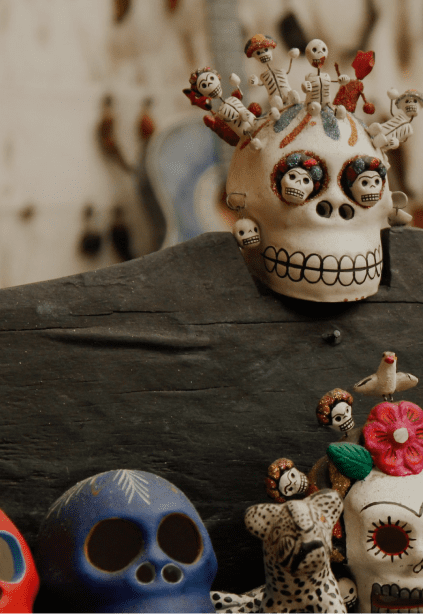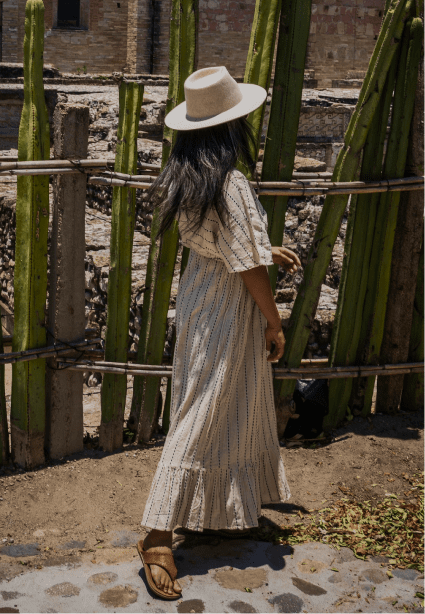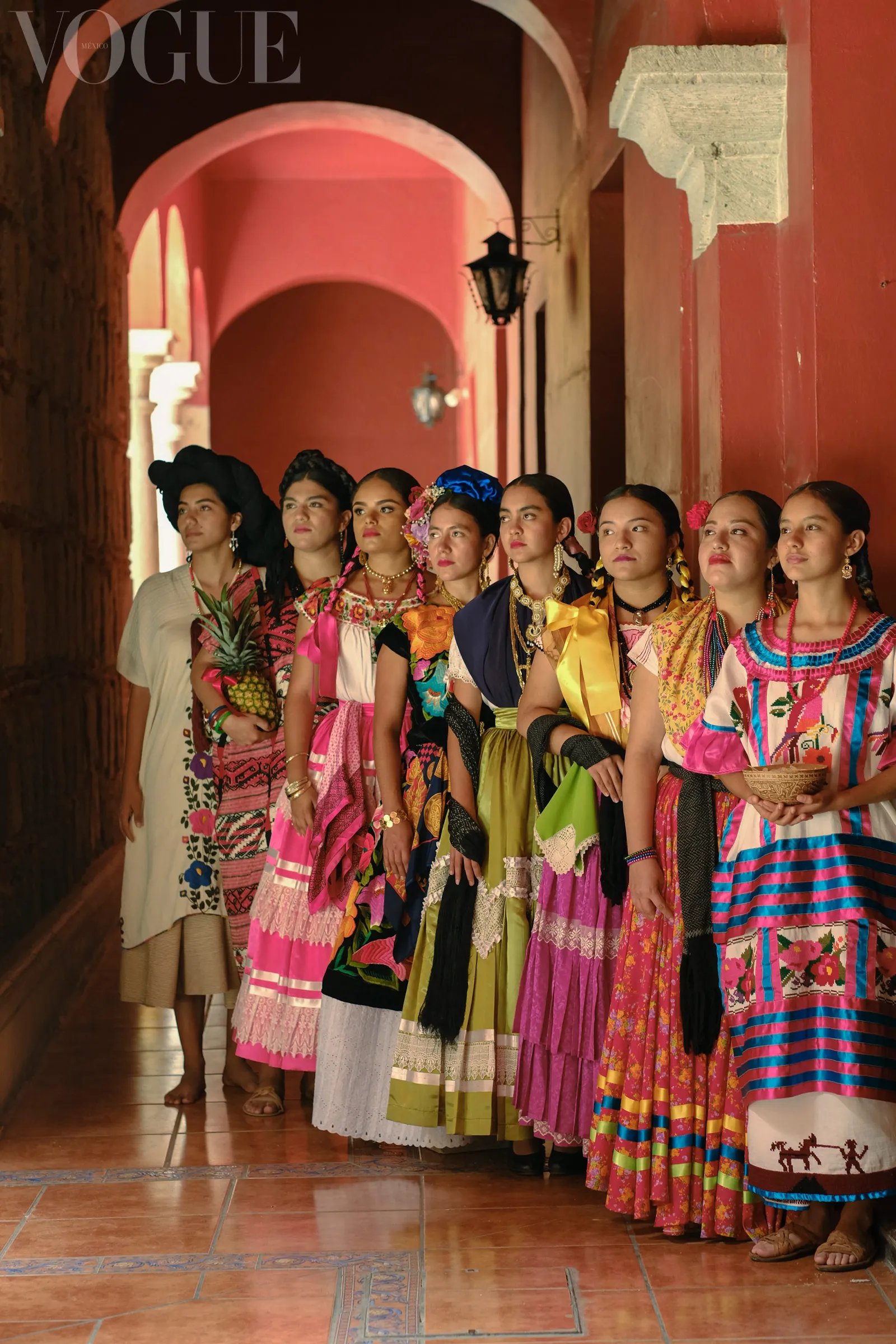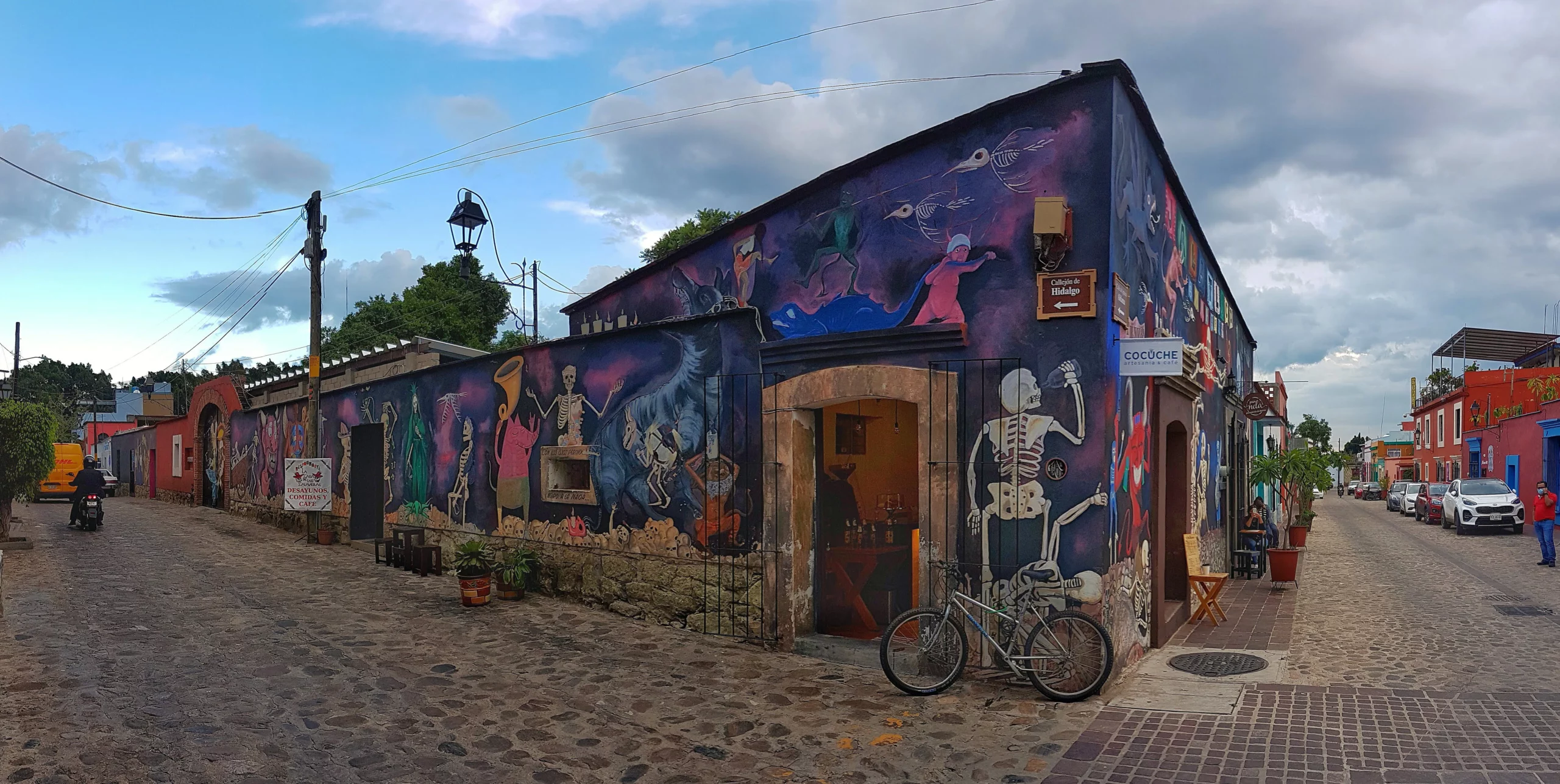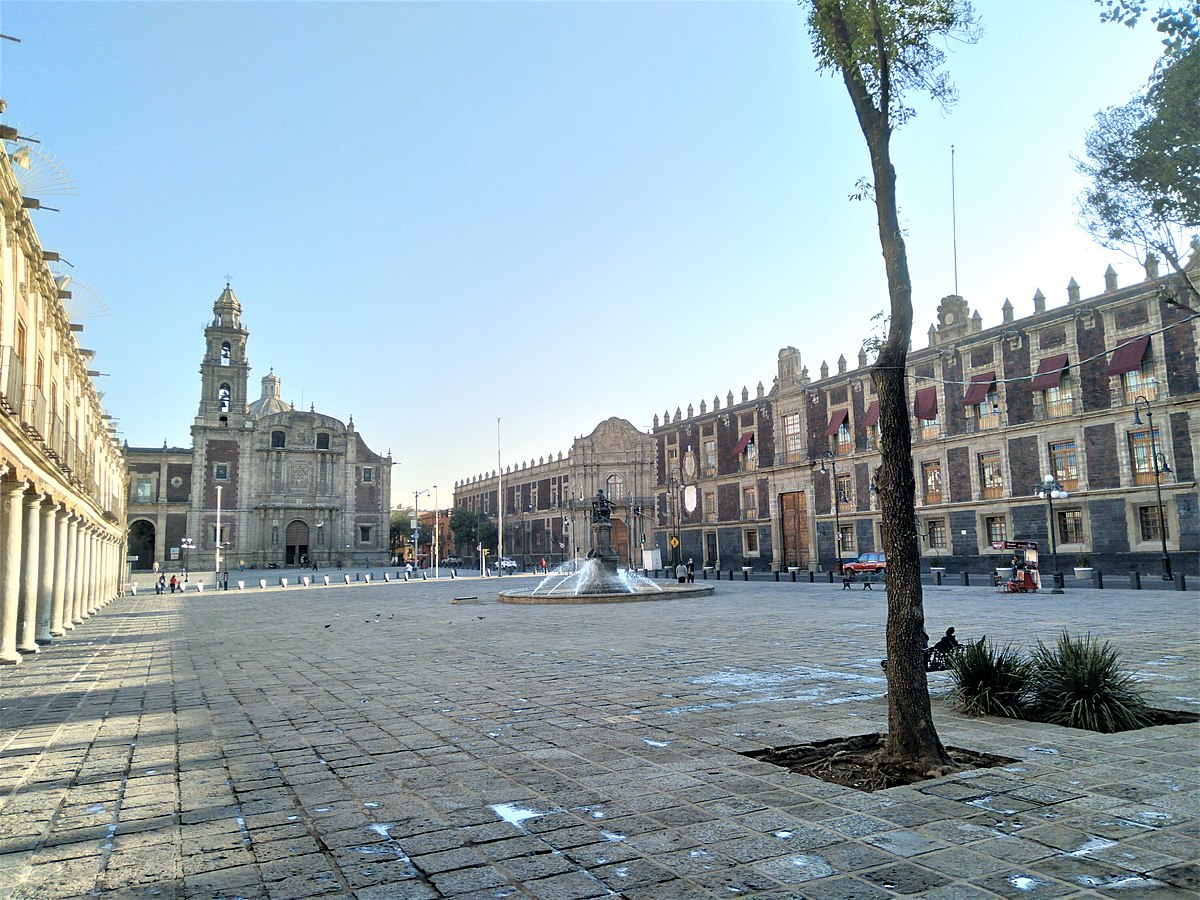The religious architecture of Oaxaca, a historic gem in the heart of Mexico, boasts an impressive array of churches and temples that attract visitors from around the world. From beautiful Baroque facades to majestic pre-Columbian pyramids, this picturesque region offers a unique blend of indigenous heritage and Spanish colonialism. As we explore each ‘gem,’ we will discover the fascinating history, cultural significance, and unique architectural features that make Oaxaca an unforgettable destination for architecture enthusiasts and history lovers alike.
Architecturally Stunning Churches in Oaxaca
Santo Domingo de Guzmán
Considered one of the most beautiful examples of Baroque architecture in Mexico, Santo Domingo de Guzmán is a must-visit for any traveler to Oaxaca. This grand church began its construction in the 16th century and took over 200 years to complete, resulting in an impressive fusion of styles and detailed craftsmanship. Its ornate facade is adorned with intricately carved figures, and its interior is a spectacle of gold leaf, elaborate altarpieces, and impressive paintings. The church also houses an impressive collection of colonial art and occupies a prominent place in the heart of Oaxaca’s cultural and religious life.
Basilica of Our Lady of Solitude
The Basilica of Our Lady of Solitude, with its distinctive Mexican Baroque design, is another architectural marvel deeply rooted in Oaxacan faith. Dedicated to the patroness of Oaxaca, this basilica is famous for its stunning facade featuring columns intricately carved to resemble thick ropes, paying homage to the Virgin’s appearance to a local worker. The imposing image of the Virgin inside the church is framed by an equally impressive altarpiece that attracts pilgrims from across the country, especially during the festival dedicated to the Virgin of Solitude, celebrated with fervor and passion.
Church of Santa María del Tule
While less ornate than its Oaxacan counterparts, the Church of Santa María del Tule exudes a serene charm that matches the tranquility of the town of Santa María del Tule. This church is known not only for its religious significance but also for its proximity to the famous Tree of Tule, a gigantic Montezuma cypress said to have the thickest trunk of any tree in the world. The church itself, with its simple yet elegant facade, provides a sanctuary of peace and stands as a timeless tribute to the spiritual heritage of the people. Visitors often find this place as a harmonious blend of nature’s grandeur and human devotion.
Notable Temples and Religious Traditions of Oaxaca
Temple and Former Convent of San Jerónimo
Located in the picturesque town of Tlacochahuaya, the Temple and Former Convent of San Jerónimo is a hidden gem dating back to the 16th century. This religious complex is particularly known for its impressive Baroque altarpiece and exceptional frescoes depicting both indigenous and Christian motifs, reflecting the cultural fusion of the region. The tranquil former convent now houses a museum, allowing visitors to explore the rich history of the site in an atmosphere of reflection and respect for past traditions.
Temple of San Matías Jalatlaco
Located in the traditional neighborhood of Jalatlaco, the Temple of San Matías Jalatlaco is a small church with a charming neoclassical facade. Although more modest compared to other religious sites in Oaxaca, this church is an active community center, known for its lively masses and unchanged authenticity. The festivals and celebrations held here are a vibrant example of the importance of religious traditions within Oaxacan community life.
Temple of San Felipe Neri
The Temple of San Felipe Neri is another architectural gem of Oaxaca that offers visitors a glimpse into the opulent Baroque style of the region. This temple is especially significant for its association with Mexican history, being the site where the famous president Benito Juárez was married. With its elaborate facade and interior rich in history and sacred art, the Temple of San Felipe Neri remains an important site for both religious practice and appreciation of Oaxacan culture and architecture.
Cultural Importance and Architectural Styles of Oaxaca’s Architectural Gems
Baroque Style in Oaxaca
The Baroque style is predominantly visible in the churches and temples of Oaxaca, a legacy of the Spanish colonial period. This architectural style is known for its lavish and intricate ornamentation, complex facades, and dramatic use of light and shadow. In Oaxaca, the Baroque blends with local indigenous influences, giving rise to a unique interpretation known as Oaxacan Baroque, where European traces transcend the traditional, creating spaces of contemplation and celebration that are truly Mexican in spirit and form.
Influence of Zapotec and Mixtec Culture
Zapotec and Mixtec cultures have left an indelible mark on the religious architecture of Oaxaca. This is evident in the integration of indigenous symbols and designs into the altarpieces, frescoes, and structures of the churches. The juxtaposition of Catholic scenes with pre-Columbian iconography provides a visual testament to Oaxaca’s rich history and the convergence of different cultural traditions in one space. It is this fusion that adds another layer of meaning and depth to the architectural gems of the region.
Conservation and Historical Recognitions
The conservation of these invaluable religious sites has become increasingly important both for the local community and international organizations. Many of Oaxaca’s temples and convents have been declared World Cultural Heritage sites by UNESCO, underscoring their global significance and ensuring continued efforts for their preservation. This not only helps protect the architectural integrity of the buildings but also preserves the traditions and ceremonies that take place within their walls, ensuring that future generations can also experience and appreciate these treasures of living history.
Planning a Visit to Oaxaca’s Architectural Gems
Best Season for Visits
The best season to visit the churches and temples of Oaxaca largely depends on personal preferences. For those interested in experiencing traditional festivities and ceremonies, the Easter and Day of the Dead seasons provide an immersive cultural experience. However, it should be noted that during these seasons, the sites may be more crowded. For a quieter visit, the spring and autumn months are often ideal, as the weather is pleasant and the influx of tourists is lower.
Opening Hours of Churches and Temples
It is important to verify the opening hours of churches and temples before planning your visit, as they may vary, especially on holidays or during special events. Many churches open for religious services and tourist visits, usually during mornings and afternoons. Respect the Mass and private event schedules, planning your visit during the intervals when they are open to the general public.
Tips for Respecting Local Traditions and Cultures
When visiting sites of significant cultural and religious importance, it is crucial to respect local traditions and cultures. Dress appropriately when entering sacred places, usually covering shoulders and knees. Silence your mobile phone and speak softly to maintain the solemnity of the space. If you wish to take photographs, ensure it is allowed and always be respectful of attendees and ongoing rituals. Finally, consider that many of these places are active centers of worship and community, so showing respect and consideration toward locals and their practices is essential. Follow the instructions of staff or local guides, as their experience and knowledge of local customs will be an invaluable guide during your visit.
Oaxaca’s architectural gems, especially its churches and temples, offer a wealth of history, culture, and art. Their magnificent structures are clear testimonies of the region’s religious, historical, and artistic heritage. From the vibrant Santo Domingo Church to the sacred Basilica of Our Lady of Solitude, these landmarks provide insight into the soul of Oaxaca.
Visitors to these architectural wonders will not only experience the beauty of their design and decoration but also the profound spiritual devotion they represent. A journey to Oaxaca would not be truly complete without exploring these captivating places of worship.
Frequently Asked Questions
What are some architecturally stunning churches in Oaxaca?
Oaxaca boasts several impressive churches. These include Santo Domingo de Guzmán, a majestic temple and former monastery featuring an impressive golden altarpiece, the Basilica of Our Lady of Solitude, which showcases Baroque architecture and is home to a revered image of the Virgin of Solitude, and the Church of Santa María del Tule, which is known for its ancient Tule tree standing beside it.
What notable temples and religious traditions are there in Oaxaca?
Some notable temples in Oaxaca include the Temple and Former Convent of San Jerónimo, which boasts an extraordinary facade and is a standout example of Baroque art, and the Temple of San Matías Jalatlaco, which features an impressive Neo-Gothic interior. As for religious traditions, the procession of the Virgin of Solitude in December is one of the most significant in the state.
How is the Baroque style reflected in Oaxaca’s architectural gems?
The Baroque style is evident in many churches and temples in Oaxaca, known for its bold ornamentation and dramatic use of light and shadow. A characteristic example is the Basilica of Our Lady of Solitude, which features a Baroque facade adorned with details in green and gray quarry stone. Also, the former convent of Santo Domingo de Guzmán reflects the Baroque style in its elaborate golden altarpiece and stucco ornamentation.
How have Zapotec and Mixtec cultures influenced the architecture of Oaxaca?
Zapotec and Mixtec cultures have had a significant influence on the architecture of Oaxaca. This can be seen in the designs and details of churches and temples that reflect the region’s rich pre-Hispanic history. These details may include elements such as reliefs and frescoes that tell the story of these ancient cultures.
When is the best season to visit Oaxaca’s architectural gems?
The best season to visit Oaxaca and its architectural gems is during the dry months from October to May. During these months, there is less rain, making visits to historical and religious sites such as churches and temples easier.
How can I respect local traditions and cultures when visiting churches and temples in Oaxaca?
When visiting churches and temples in Oaxaca, it is important to remember that these are sacred places for the community. One should dress respectfully, speak softly, and ask permission before taking photographs. It is also important to learn about local customs and follow the directions of locals and tour guides.
















